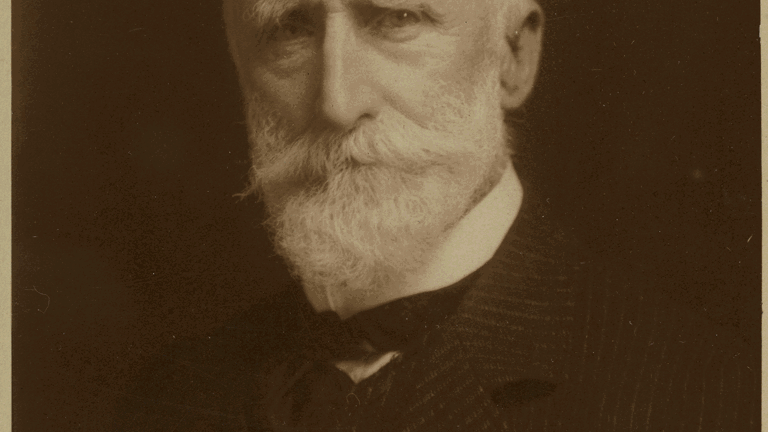
Collecting Specimens
A steady supply of specimens arrived at Frederick McCoy's University of Melbourne laboratory, from fishermen, farmers, amateur naturalists and fellow scientists.
All were keen to have their specimens identified by the colony's pre-eminent zoologist. There was also the possibility of adding to the lists of known Victorian species, or to have their finds enter the Museum's collection.
While most specimens came from well-known sources, some were sent by enthusiasts who had found intriguing examples, such as the Thresher Shark from off Hastings or the Bramble Shark found off Portland. Correspondents from isolated properties in Victoria's bourgeoning agricultural landscape also sent specimens for identification, such as the Legless Lizard presented by Mr Foster of Stawell.
Foremost among the regular suppliers was a Swanston Street fishmonger, Mr Jenkins, with whom McCoy seems to have developed a strong rapport. Jenkins 'contributed many rarities to the collection', which while almost definitely from Victorian waters, are of uncertain origin.
Closer to his home, areas described by McCoy as 'south coast', such as Brighton and Sandringham, were rich with intriguing indigenous animals. It is clear from narratives in the Prodromus that he collected many specimens from this area himself.
Others were supplied by McCoy's peers, particularly those with access to the Victorian hinterland via positions on the Victorian Geological Survey or the railways.
Specimens were classified by comparison with examples from the systematic collection of the National Museum and from scientific literature in McCoy's library. This was mostly done by McCoy himself, although William Kershaw appears to have identified most of the insects.


